Genetically engineered bacteria have been designed to produce self-dyeing, vegan, plastic-free leather. The work, carried out by UK-based researchers, could offer a more sustainable alternative to traditional leather and the associated chemical dyeing processes.
‘By 2050, after food and construction, materials for textiles and fabrics will be the third biggest polluter in the world – fashion and textiles already contribute more to carbon emissions than all of aviation and shipping combined,’ explains Tom Ellis, a synthetic biologist at Imperial College London who led the project. ‘In terms of carbon use, by far the worst material used in the fashion industry, is leather – the amount of land use and CO2 and methane emissions associated with farming cows and then producing leather is crazy.’
‘Then on top of that, dying leather a different colour and cleaning it in a way that it becomes the material you want is also terrible,’ he adds. ‘The tanning process uses chromium and to get that black colour – the most popular colour for leather – you have to use azo dyes and that creates a huge amount of wastewater and chemical residue.’
To find a solution, the researchers turned to bacterial cellulose, a natural biomaterial that has been considered as an alternative to leather for over a decade. The Imperial team’s unique approach involved genetically engineering Komagataeibacter rhaeticus (K. rhaeticus) bacteria to express tyrosinase-related protein 1 – a gene associated with the production of the melanin pigment eumelanin. This produced a bacterial strain that grows self-pigmenting bacterial cellulose.
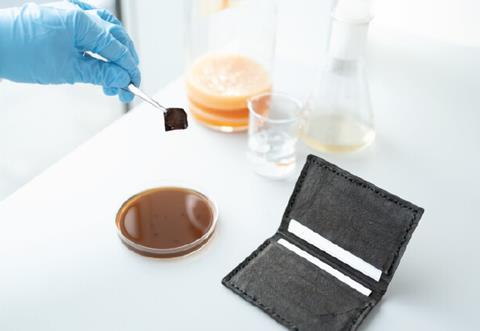
‘Nature tells us that if you make a pigmented molecule in the same place at the same time as when you are making a material, those pigment molecules get sucked up and are incorporated as part of the material,’ Ellis says. ‘So why can’t we just put the DNA that encodes the enzymes that make a pigment into the same cells that are making the material through genetic engineering?’
To demonstrate that eumelanin production could effectively pigment the cellulose produced by the genetically modified K. rhaeticus, the researchers first grew the bacteria under normal growth conditions for two weeks to produce a cellulose mesh known as a pellicle. They then removed the spent culture media and replaced it with a neutral buffer solution with the reagents required for eumelanin synthesis. After one day of incubation in the development buffer, the cellulose pellicle had turned completely black.
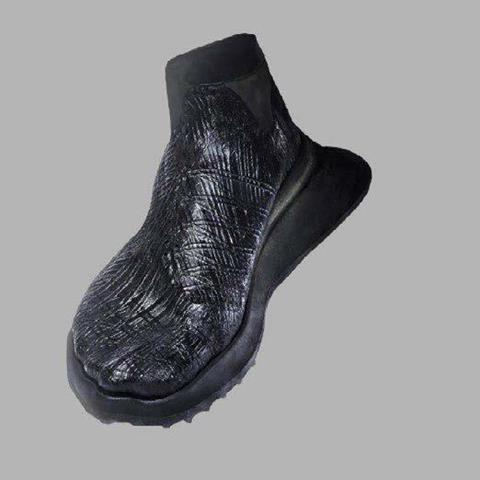
The team produced a shoe upper by soaking the material in a glycerol solution to give it the required flexibility, before wrapping it around a foot-shaped mould and allowing it to dry. They also created a wallet prototype from two pressed and dried melanated bacterial cellulose sheets.
‘What was really cool was the colour just doesn’t fade – you can put water on it, scrape it - it’s much more colourfast than we thought we would get,’ Ellis says, adding that the process could, in theory, be adapted to have bacteria grow materials in various vibrant colours and patterns.
‘What we would like to do next is crosslinking – that’s what really makes leather have this nice feel and the ability for it to last 20 years. Crosslinking is normally done by chromium and other very harsh methods so it’d be really nice to find a biological solution to that,’ he adds.
The researchers note that as high yields of the material can be produced from simple static growth cultures, the method should be ‘very amenable to scale-up’.
‘This work is an elegant demonstration of the power of biofabrication and genetic tool kits to map nature’s strategies to develop advanced materials,’ says Theanne Schiros, who works as a materials scientist at both the Fashion Institute of Technology at the State University of New York and Columbia University, both US. ‘It provides important context for exciting opportunities to expand the functionality of emerging biomaterials and future textiles,’ she adds.
References
K T Walker et al, Nat. Biotechnol., 2024, DOI: 10.1038/s41587-024-02194-3





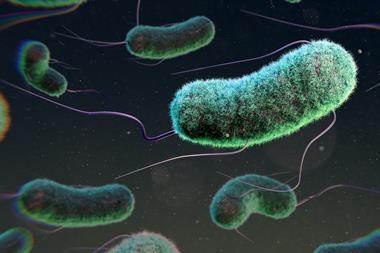
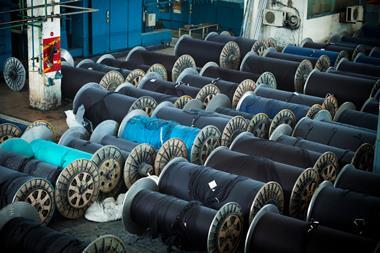
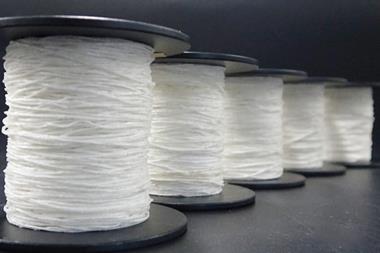









No comments yet